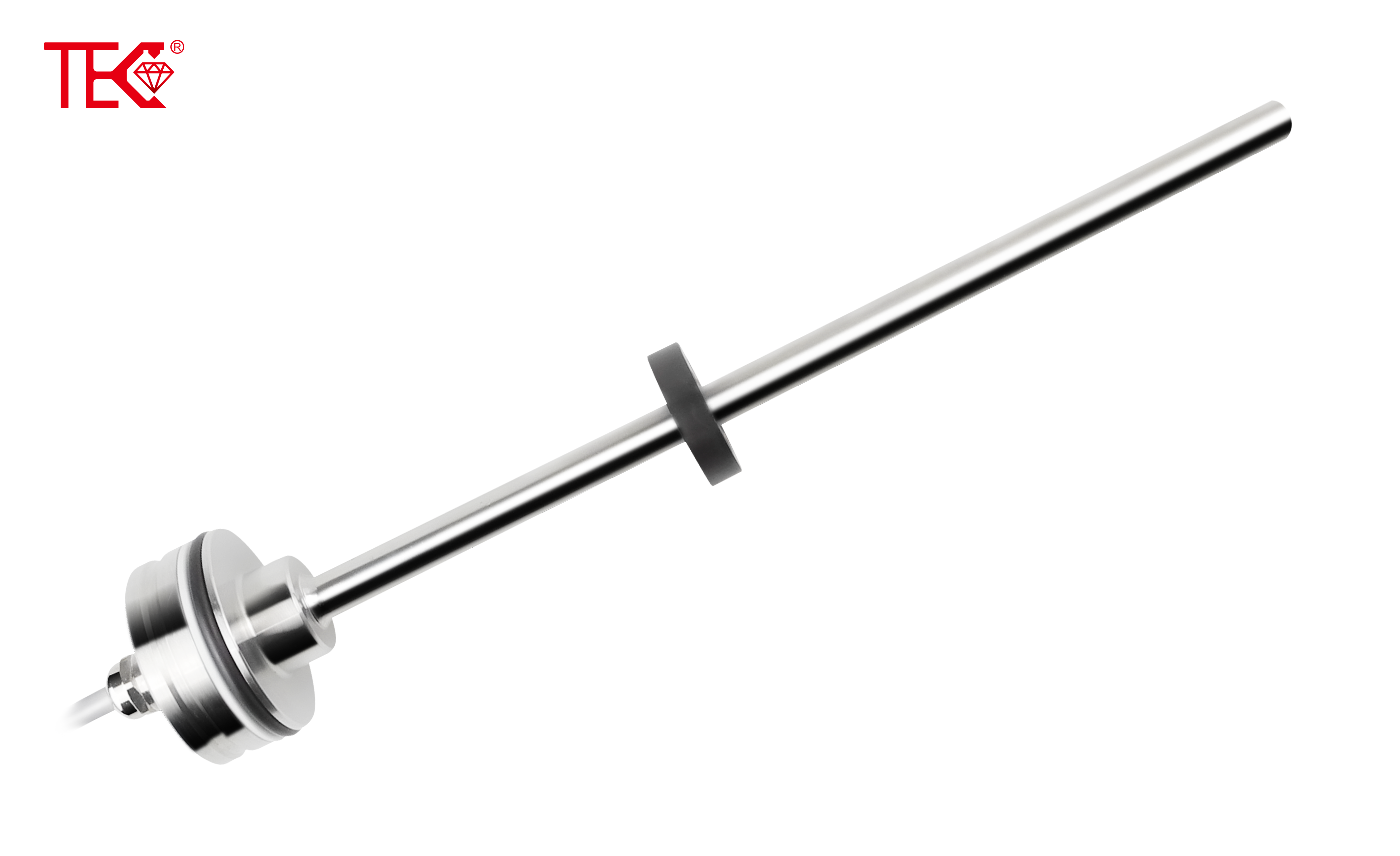How to calibrate magnetostrictive displacement sensors?
Understanding the calibration process for magnetostrictive displacement sensors is crucial for maintaining measurement accuracy in industrial applications. These sophisticated devices convert mechanical position changes into electrical signals through the magnetostrictive principle, where a magnetic field interacts with a waveguide to generate torsional stress waves. Proper calibration ensures that the relationship between the physical position and output signal remains precise and reliable over time.
Essential Tools and Preparation for Sensor Calibration
Before initiating calibration, gather a precision reference gauge, signal conditioner, appropriate software interface, and stable power supply. Verify the sensor's mechanical installation is secure and free from misalignment. Environmental factors such as temperature stability and electrical noise interference must be controlled, as they significantly impact calibration results. Ensure the sensor's operating parameters match the application requirements, including stroke length and output type.
Step-by-Step Calibration Procedure

Begin by connecting the sensor to its interface and powering up the system. Move the position magnet to the zero reference point and use calibration software to set this as the baseline position. Proceed to the full-scale position and record the output signal. Most modern sensors allow for two-point calibration using these reference positions, with the software automatically interpolating intermediate values. For high-precision applications, additional mid-range points may be necessary to establish a more detailed calibration curve.
Verification and Troubleshooting Techniques
After calibration, verify accuracy by comparing sensor readings against known reference positions throughout the measurement range. Document any deviations and repeat calibration if errors exceed manufacturer specifications. Common issues include non-linear output, which may indicate mechanical problems, or signal dropout, often caused by electrical interference. Regular verification checks should be incorporated into maintenance schedules to ensure ongoing accuracy.
Maintenance and Recalibration Best Practices
Establish a recalibration schedule based on operating conditions, typically every 6-12 months for critical applications. Maintain calibration records to track performance trends over time. Keep the sensor and position magnet clean from contaminants that could affect magnetic coupling. Monitor for environmental changes that might necessitate unscheduled recalibration, such as temperature fluctuations or exposure to strong external magnetic fields.
 UpgradingYourLevelMeasurementS
UpgradingYourLevelMeasurementS
 Why are magnetostrictive level
Why are magnetostrictive level
 ComparingMagnetostrictiveandRa
ComparingMagnetostrictiveandRa
 MagnetostrictiveLevelSensorfor
MagnetostrictiveLevelSensorfor
